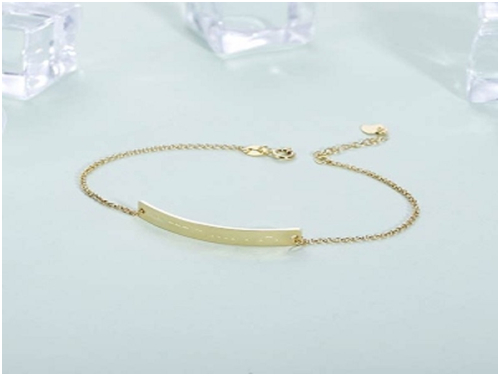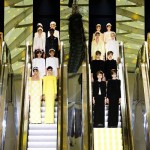Can Padparadscha also change color? No! In the end, which colors are considered Padparadscha?
How wonderful is the beauty of Padparadscha? ——It is the only natural gem in this world that can match the color of red lotus and sunset. It is very precious. Yes, the beauty of Padparadscha is in its color. As far as market recognition is concerned, Padparadscha’s color range is from orange pink to pink orange. It is believed that gem lovers who often pay attention to high-end couples engraved jewelry https://www.getnamenecklace.com/ auctions will find that Padparadscha, which has achieved good results on the field, is not the same color.

Richard Hughes, author of Ruby & Sapphire, said: ” Padparadscha’s color should obviously be a combination of yellow, pink and red with a little mild and conspicuous orange.” GIA’s color definition for Padparadscha is light medium pink orange to orange pink, while those from East Africa with dark brown tones, medium brown tones, orange corundum and deep orange red corundum do not meet this definition. GRS and GIT updated the color grading of Padparadscha in 2017. GRS subdivided Padparadscha into “GRS-type morning light” and “GRS-type sunset”: the morning sun refers to the medium-to-strong saturation, pink-based and orange-colored Padparadscha, such as orange-pink; sunset refers to saturation Padparadscha with medium to strong, orange-based and pink, such as pinkish orange. In addition, the GRS also states that as long as it has the proper color balance and appropriate color saturation – low saturation and contains pink and orange, color sapphire that has not been heat-treated, regardless of origin, can be defined by GRS For Padparadscha. Colored sapphires with brown or yellow tones are not considered to be Padparadscha.
GIT uses the original Padparadscha color stone as the initial specimen in 2007, and then adds a batch of samples from a large number of trusted traders to the final color, saturation and color of each gem. After comparing with LMHC’s Padparadscha color card, a new colorimetric system was selected and added to GIT’s Padparadscha standard. GIT’s existing colorite system: The X-axis represents three major shades (pink with orange tones, orange-pink, orange with pink tones), while the Y-axis shows saturation changes. The final color range of GIT’s Padparadscha coloriose includes pink 10RP to 2.5R with orange tones, 5R to 7.5R for orange and pink, and 10R to 2.5YR with pink tones (LMHC Information Sheet #4). Specify the borderline color accurately. In February 2018, SSEF announced an experiment. It can be seen from the experimental report that Padparadscha will change color under long-wave ultraviolet lamp irradiation and natural light – after five minutes of long-wave UV lamp irradiation Powder orange, then changed back to pure pink. This is the first time to let people know that Padparadscha can also be like a chameleon, switching between two colors, but also more confusing, can the color sapphire that can change color be defined as couples infinity jewelry?getnamenecklace
This question will soon have an answer. On November 14th and 15th, 2018, hosted by Gübelin Gem Lab, LMHC held its 29th meeting. During this meeting, the LMHC unifies the laboratory report on the wording of Padparadscha. LMHC currently consists of representatives from the Central Gemological Laboratory (CGL), CISGEM Laboratories, DSEF Gemstone Laboratory, Gübelin Gemstone Laboratory, GIA Gemstone Laboratory, Thai Gem and Jewelry Institute (GIT) and Swiss Gemological Institute SSEF. Therefore, as far as the industry is concerned, this is also a relatively uniform standard for the classification of Padparadscha. At the meeting, LMHC members agreed to revise the LMHC Information Sheet #4 on the use of the term ” Padparadscha “. This information states that if the color of the gemstone is unstable and turns pink when subjected to color testing, the gemstone cannot be referred to the term. Gübelin’s chief gemologist Lore Kiefert said that if someone buys a gem at Padparadscha ‘s price, it finds it a pink sapphire a few days later, which means that the person paid more, so LMHC need to comment on the color stability of Padparadscha, in case more people spend money. LMHC currently defines Padparadscha as “a subtle blend of pink to orange pink, regardless of origin, with a soft hue, low to medium saturation when viewed under standard daylight”. According to Kiefert, the definition of LMHC will not change quickly over time, given that everyone in the market has a perception of the color composition of gold best friend jewelry. In fact, she added that it took LMHC a long time to get the current conclusion.




